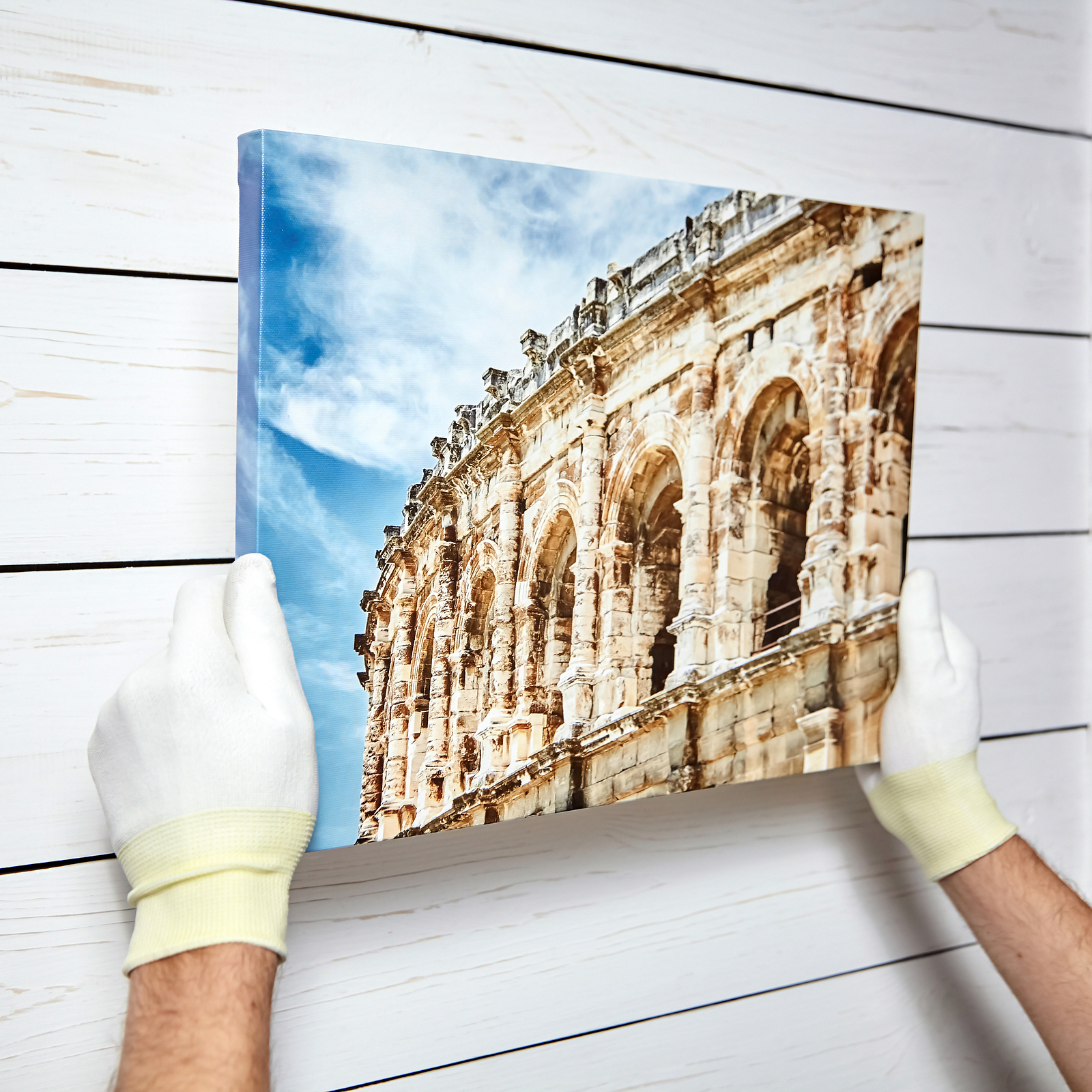Art prints, though traditionally regarded as less fragile than old canvases or antiques, can still be damaged because of improper or insufficient art print packaging for shipping. Besides, some prints by iconic modern and contemporary artists can have a significant financial value, which you need to protect by all means. Here are the main rules of print packaging that will save your art from damage in various conditions.
Safety Measures for Safe Print Packaging
The rule of thumb for safe art packing is to use acid-free, museum-grade materials at all times. This rule relates to acid-free sleeves, tissue, or glassine paper that professional art handlers use to wrap art before proceeding with additional packing layers. These measures guarantee that the print doesn’t yellow or degrade with time, which is important for long-term transportation or storage.
Another vital rule is to add rigid backing boards or supports to prevent print bending. Art handlers also recommend laying art prints flat when possible so that they don’t undergo rolling. If the art print is improperly rolled and shipped or stored in a tube, it may suffer from permanent curvature and coating cracking, which equals serious damage to the artwork.
The quality of outer packaging also makes a real difference in art print transportation and storage. Flat prints should be put into a rigid mailer or sturdy cardboard box, additionally fastened with backing boards and protective sleeves. Framed prints or high-value, exclusive print artwork may be additionally packed into stronger boxes or custom wooden crates for ultimate protection.
Your Ultimate Art Print Packaging Checklist
If you want to master the skill of art print packaging at a professional level, make sure to check the results using the following checklist:
- Your print is wrapped in glassine paper or placed in an acid-free sleeve.
- You have added a rigid backing board for flat shipping.
- You have separated several art prints in the box with acid-free interleaving materials.
- Your box is sized correctly.
- All empty space inside the box is filled with acid-free filling to prevent the art prints’ movement during transit.
- Proper moisture protections are added.
- The box is appropriately labeled (e.g., “Fragile,” “Do Not Bend,” etc.).
- The art print and box are photographed before departure for the purposes of condition tracking.
Adherence to these recommendations can keep your art prints safe in storage and transportation, guaranteeing that your art investments are protected throughout all handling stages.
